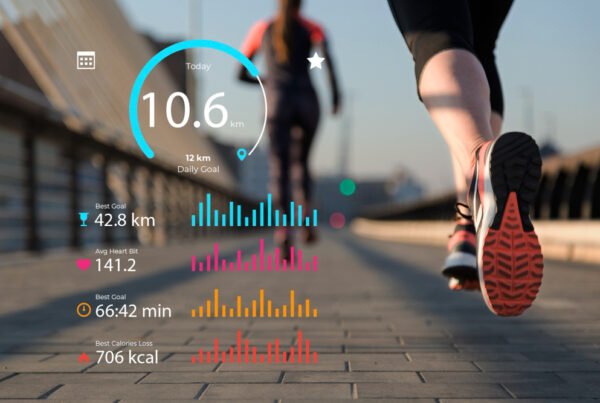
Creating Effective User Personas for Web Design Projects
In the world of web design, creating a seamless and engaging user experience is essential. One of the most effective ways to ensure your website meets the needs of your audience is by developing detailed user personas. These fictional characters represent different segments of your target audience and guide design decisions to ensure the site resonates with its users. Here’s how to create effective user personas for your web design projects.
1. Research Your Audience
Before creating user personas, it’s crucial to gather data about your target audience. Use tools like surveys, interviews, and analytics to collect information on user demographics, behaviors, pain points, and preferences. This research will form the foundation of your personas and provide insight into what your users want and need.
2. Identify Key Demographics
Start by defining the basic characteristics of your personas. These may include:
- Age
- Gender
- Location
- Occupation
- Income level
- Education
This demographic information will help you understand the broad traits of your target users and how those traits could influence their web experience.
3. Understand User Goals and Needs
Identify the main goals of your users when they visit your website. Are they looking for information, products, or services? What problems are they trying to solve, and how can your website help? Understanding user goals will allow you to design a site that aligns with what users are trying to achieve, making their experience more intuitive and fulfilling.
4. Map Out User Behaviors
User behavior is a key aspect of persona creation. Consider how your target audience interacts with websites. Are they tech-savvy or do they need a more simple, easy-to-navigate interface? Do they prefer visual content or written information? Knowing these preferences helps create a user-friendly design that meets their expectations.
5. Address Pain Points
Every user persona should reflect the challenges and pain points your audience faces. Whether it’s a slow-loading site, confusing navigation, or lack of relevant content, addressing these pain points in your design will ensure a smoother user experience and higher user satisfaction.
6. Create Persona Profiles
Once you’ve gathered enough information, create detailed persona profiles. These profiles should include:
- A name and photo (fictional but relatable)
- Age, job title, and relevant demographics
- Key goals and challenges
- Behavioral traits
- Preferred devices and platforms
The more detailed and realistic these personas are, the better they will guide your design decisions.
7. Incorporate Personas into Design
Now that you have user personas, use them as a reference throughout the entire design process. Make sure your website’s layout, content, and features align with the needs and behaviors of your personas. This approach ensures that the design is user-centered and will resonate with your audience.
8. Iterate and Refine
Personas aren’t static—they evolve over time. Continuously gather feedback from users and refine your personas to reflect changes in user behavior, preferences, and goals. This ongoing process will help ensure that your website remains relevant and effective.
Conclusion
User personas are a vital tool in creating a web design that truly resonates with your audience. By understanding the demographics, behaviors, goals, and pain points of your users, you can design a website that offers a personalized, intuitive experience. With well-defined personas guiding your decisions, your website will be more engaging, user-friendly, and ultimately more successful.


